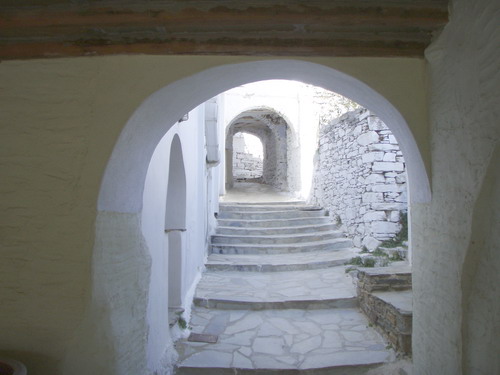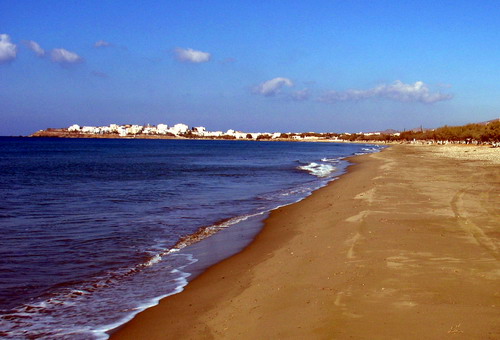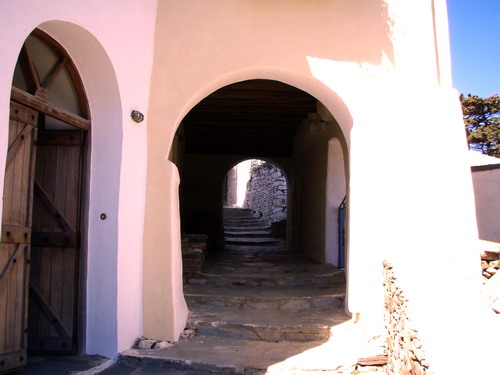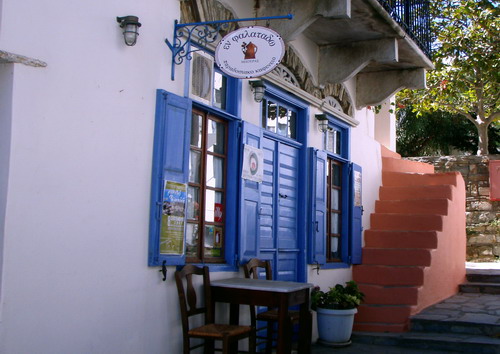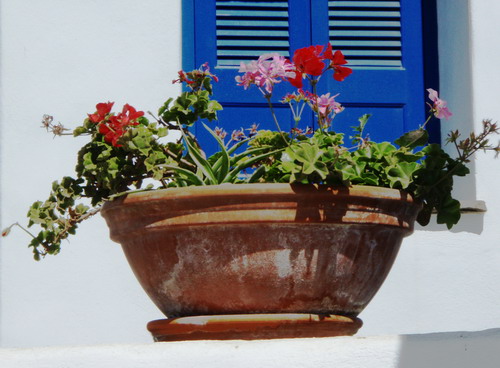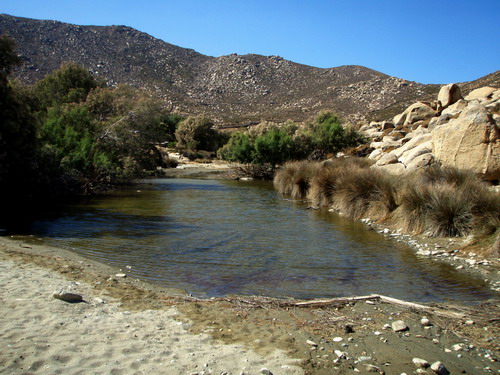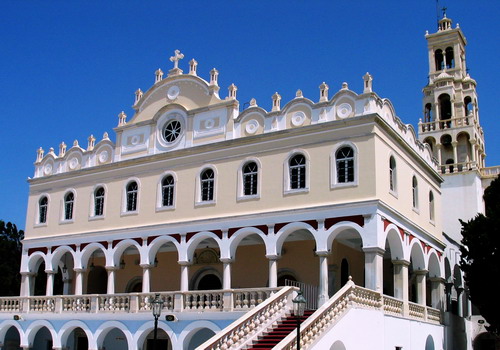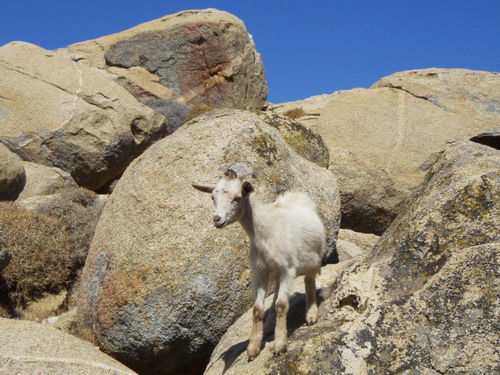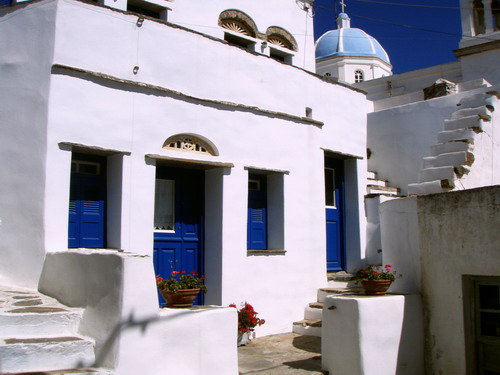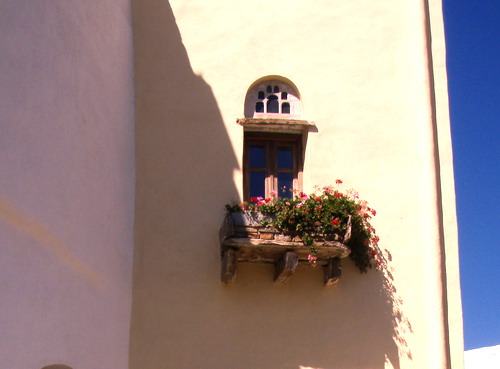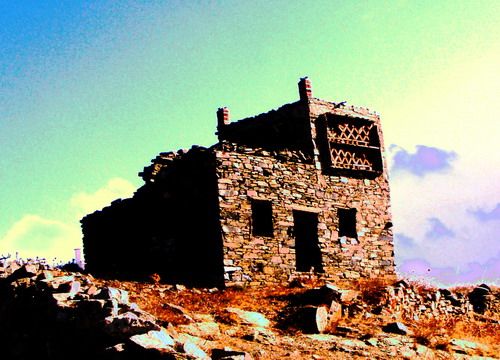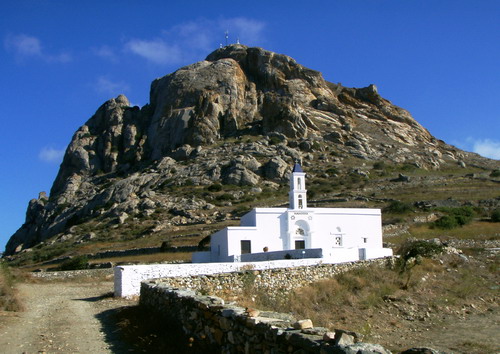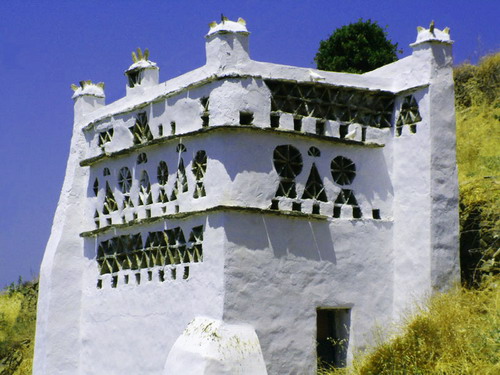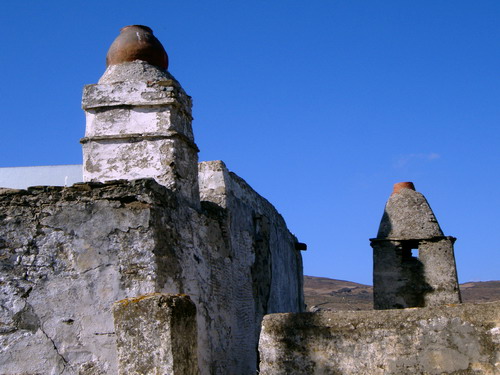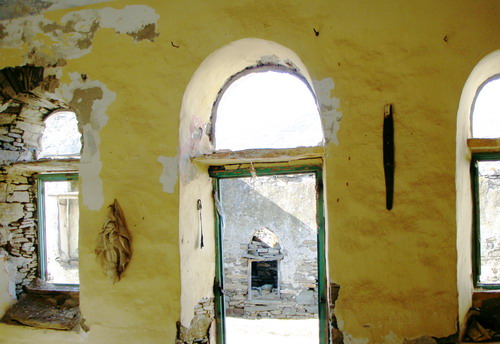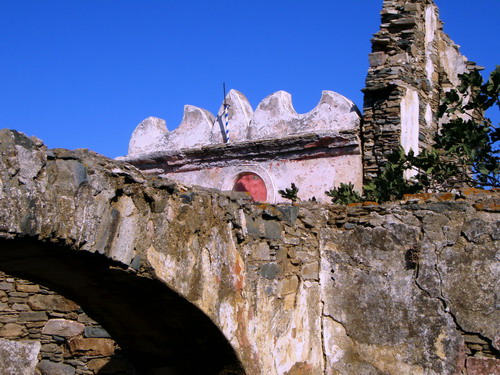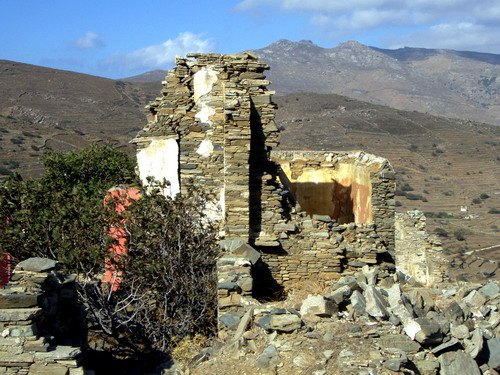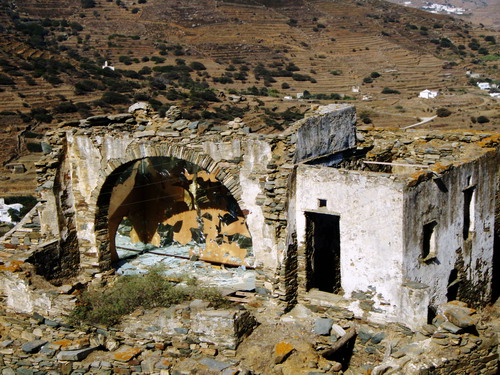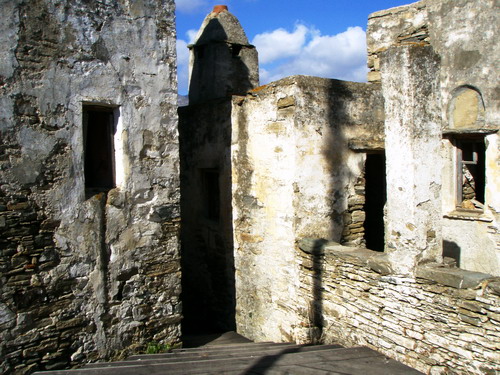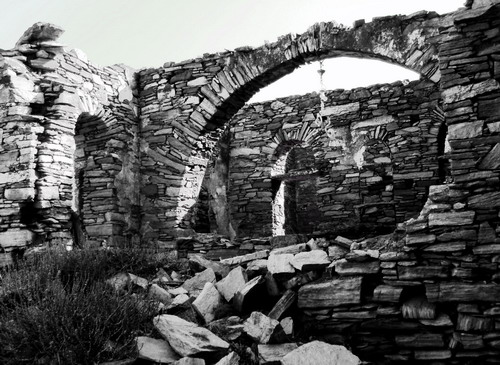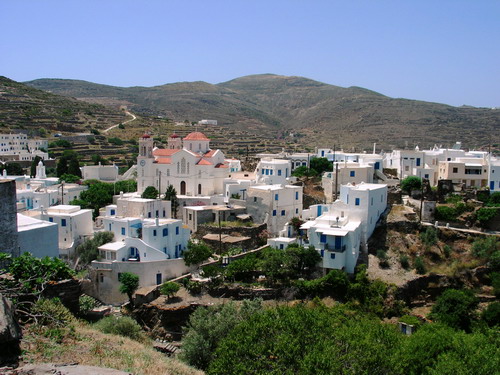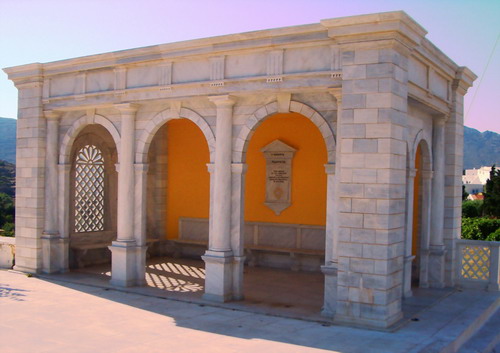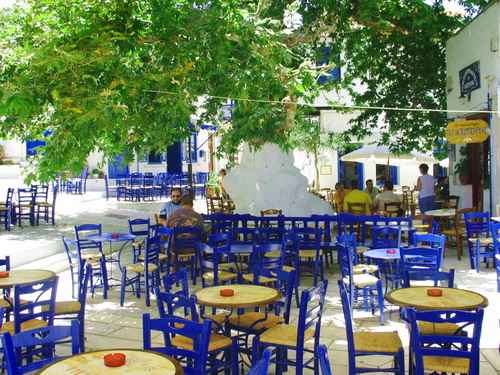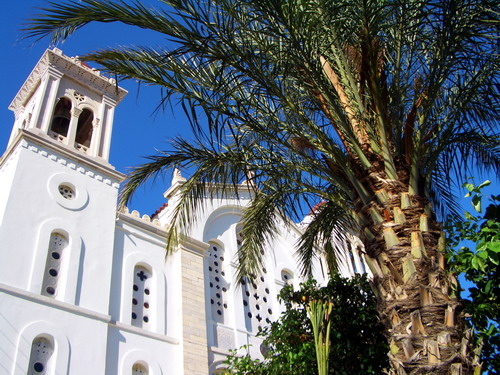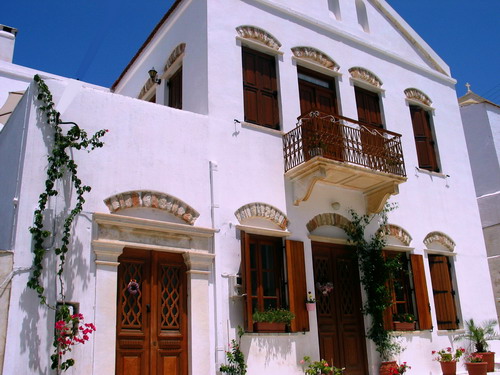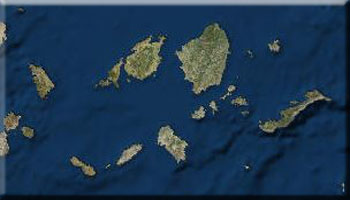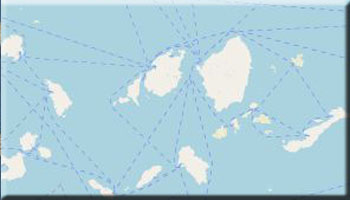Tinos preserves the traditional flavor of island life which is transmitted through the paniyiri and the custom of opening homes to visitors and strangers.
The most popular such folk feasts are held on the feasts of:
- Vourniotissa on September 24
- Ayia Varvara at Smovolos on December 4
- Tripotamos on Christmas Day
- Ktikado on Easter Monday
- Lakotiani at Ysternia on the Feast of Thomas
- Panayia at Vrissi on the first Sunday of May
- Ayia Paraskevi at Karaboussa on July 26
- Kyra Xeni on August 23
Important Local Celebrations:
- Discovery of the icon of the Virgin (January 30): One of the most important feast days on Tinos, the observance begins with an evening mass on the eve of the feast day at the Evreseos church where the icon is taken for the service. On the feast itself, services in the main church are followed by the laying of a wreath at the bust of Bishop Gavril. In the afternoon, precisely at 2:30 pm when it was uncovered, the icon is led in procession along the same route taken by those who found it. After the icon is returned to its church, memorial services are held over the graves of those who uncovered the icon, followed by a review of the foundation's activities during the previous year. The celebrations draw to a close in the evening when a candle - lit procession by local students is followed by a reception hosted by the mayor.
- Panayia Megalohari (February 1-2): Two - day celebration that includes religious and social activities in honor of the Virgin and Ayios Symeon held at Ktikados.
- Evangelismos (March 25): Church services and processions at the Ieros Naos Evangelistrias mark the feast of the Annunciation, which coincides with Greek Independence Day. The latter is celebrated after services and a noon icon procession with folk dance exhibitions and food along the harbor.
- May 1: Labor Day is observed at Sklavohorio with the roasting of lambs on a spit. The meal is followed by music and dancing. The celebration is organized by locals, who later contribute food, sweets, and drink to the communal feast.
- Panayia Vrysiotissa (1st Sunday of May): An open air service is held at the pilgrimage after the icon has been led, in procession, from Tarabados. Services are followed by the blessing of vehicles parked alongside the road.
- Naos tis Myrsinis (2nd Sunday of May): The feast of the Church of Myrsini is observed with church services, followed by the opening of all village homes to visitors.
- Paniyiri of Ayia Pelayia (July 23): An impressive celebration that includes the transfer of the icon of the Virgin to the Kehrovouni Monastery for a vigil on the eve of the feast. At night, the icon is returned in procession to the church - about 8 kilometers away.
- Dormition of the Virgin (August 15): Observances begin on the eve of the feast with an evening service. Commemorations begin with church services following by a procession of the icon, usually observed by senior government officials and a navy contingent and accompanied by marching bands. On the afternoon of August 14, there is an official wreath-laying ceremony by the Navy Chief of Staff at the mausoleum of the Elli; on the morning of August 15, the wreath is cast to sea.
- Raising of the Cross (September 14): The feast is observed at the Catholic parish church in Ktikado and the chapel in the Old Harbor.
Customs:
- "Kavos" is a Christmas custom at Tripotamos which combines medieval pagan and religious customs. At Agapi, the custom of the Makaronas is revived. A human effigy is paraded through the streets then burnt; afterwards, locals and guests join for a macaroni meal.
- On "Tsiknopempti" the village of Triantaros revives the traditional carnival dance at the "Love Alphabet" - dancers form a circle and trade alphabetical rhymes. Originally this was a game played in village homes but is now played in the kafeneion. Its followed by meze and sweets.
- Falatados hosts an annual Karnavali (Last Sunday of Carnival) carnival with different themes each year. Guests are treated to meze and there's live music from traditional instruments - tsabouna, violin, and guitar.









